Restoring Past Glory
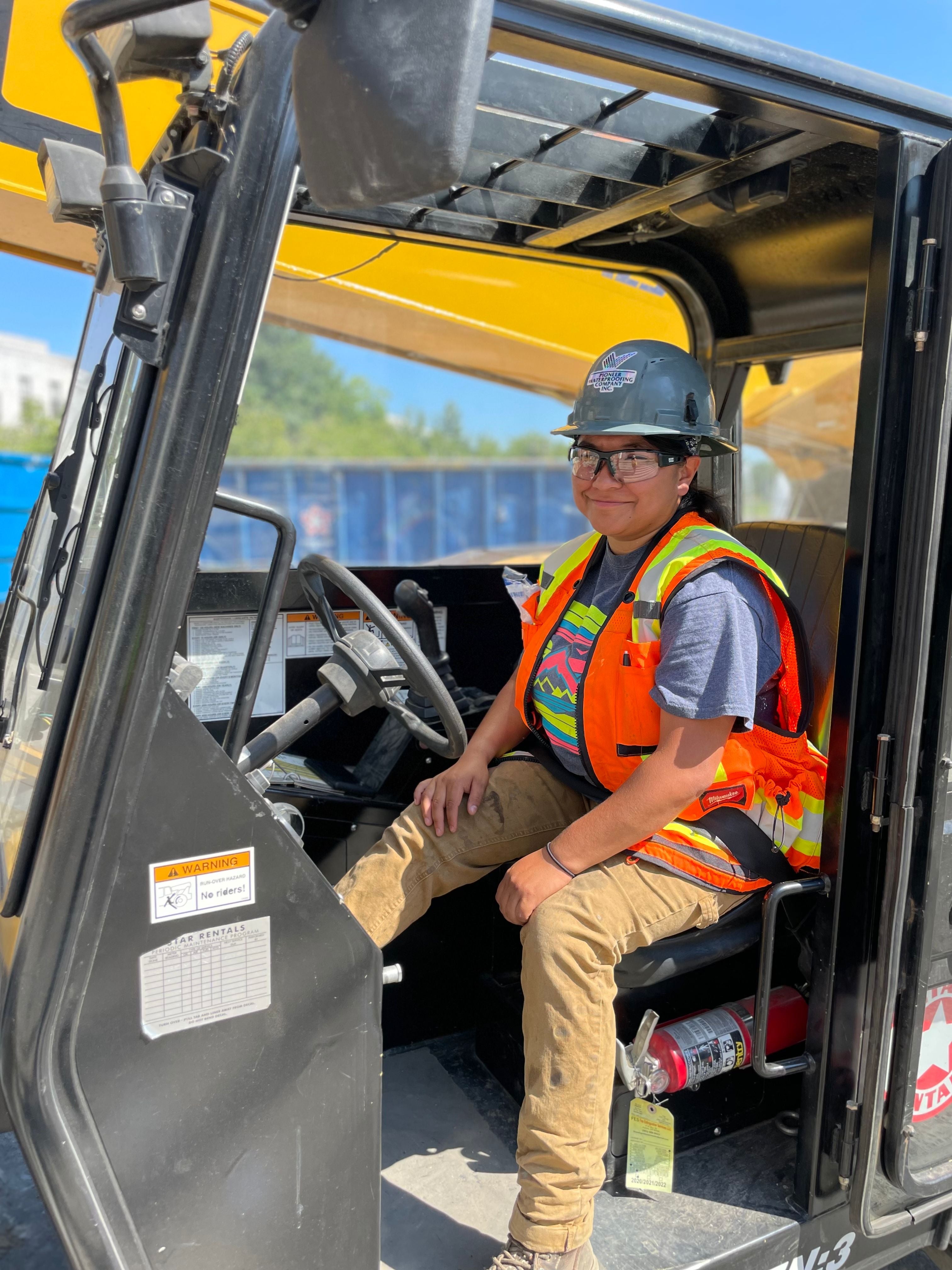
Breanna Rubio had never been to the Oregon State Capitol before she was asked to join a Bricklayers and Allied Craftworkers (BAC) team to work on the project. Like the 30 other BAC members who logged 10,000-work hours over a four-year period on the historic structure, the PCC apprentice from BAC Local 1 Oregon/Washington/Idaho/Montana was excited to be part of such an historic effort.
And why not? Steeped in a storied—if not complicated—history, the Oregon State Capitol is not only one of the state’s most endearing landmarks, but one of its most interesting as well. All told, the government seat has moved from Oregon City to Salem to Corvallis—then back to Salem. The first capitol, built in 1854, was destroyed in a mysterious fire 11 days after its dedication ceremony. The second burned to the ground in 1935 and was rebuilt in 1938 with help of the federal government at the height of the Great Depression.
Sitting on the National Register of Historic Places, the Oregon State Capitol had pulled in more than 200,000 visitors annually before the pandemic. Today, clad in brilliant white Vermont marble and hallmarked by a gilded bronze statue of the Oregon Pioneer, the building is a statement to Modernist Art Deco design.
“It's pretty cool to be a part of a big historical project and see how it was constructed back in the ’30s,” Rubio said. “It's funny that my first time visiting the capitol was when I got to be involved in taking it apart.”
Repairing and Improving
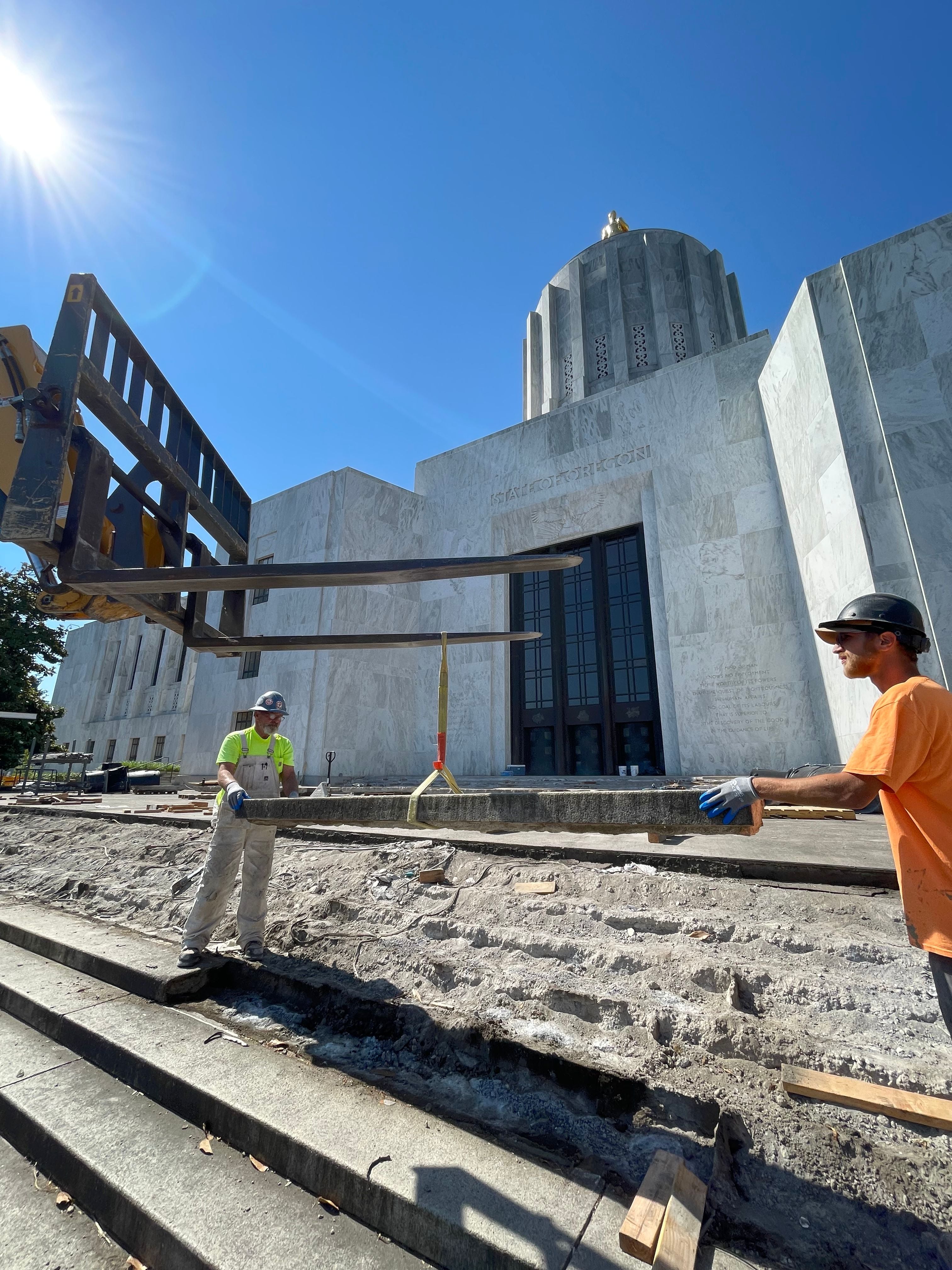
The sweeping revitalization that marks some of the work done by BAC members on the building’s grounds is more than just aesthetics. In 2013, a report from the Capitol Master Plan Review Committee uncovered “serious seismic problems” in the building—issues the report said would put lives at risk in the event of a major earthquake.
Several years after the report, the Legislative Assembly began to address the situation with the approval of Phase I of the Capitol Accessibility, Maintenance and Safety (CAMS) project. Two more phases were also approved in 2020 and 2022 respectively, with totally funding of $445.8 million. Phase II, which will be completed in December 2022, is addressing improvements to the seismic structure of the 1977 portions of the Capitol building, accessibility at the building’s south entrance, mechanical and electrical elements, life-safety issues, and restoration of historic elements. Phase III, the $375 million project, is set to address at-risk MEP systems, security and life safety issues, and ADA improvements.
Remove. Record. Repeat.
One of the most important parts of the entire project was the salvage of more than 750 pieces of travertine, marble wainscoting and granite base stones at the ground floor level of the 1937 building. BAC was instrumental in removing and preserving this material from both inside the building and the façade.
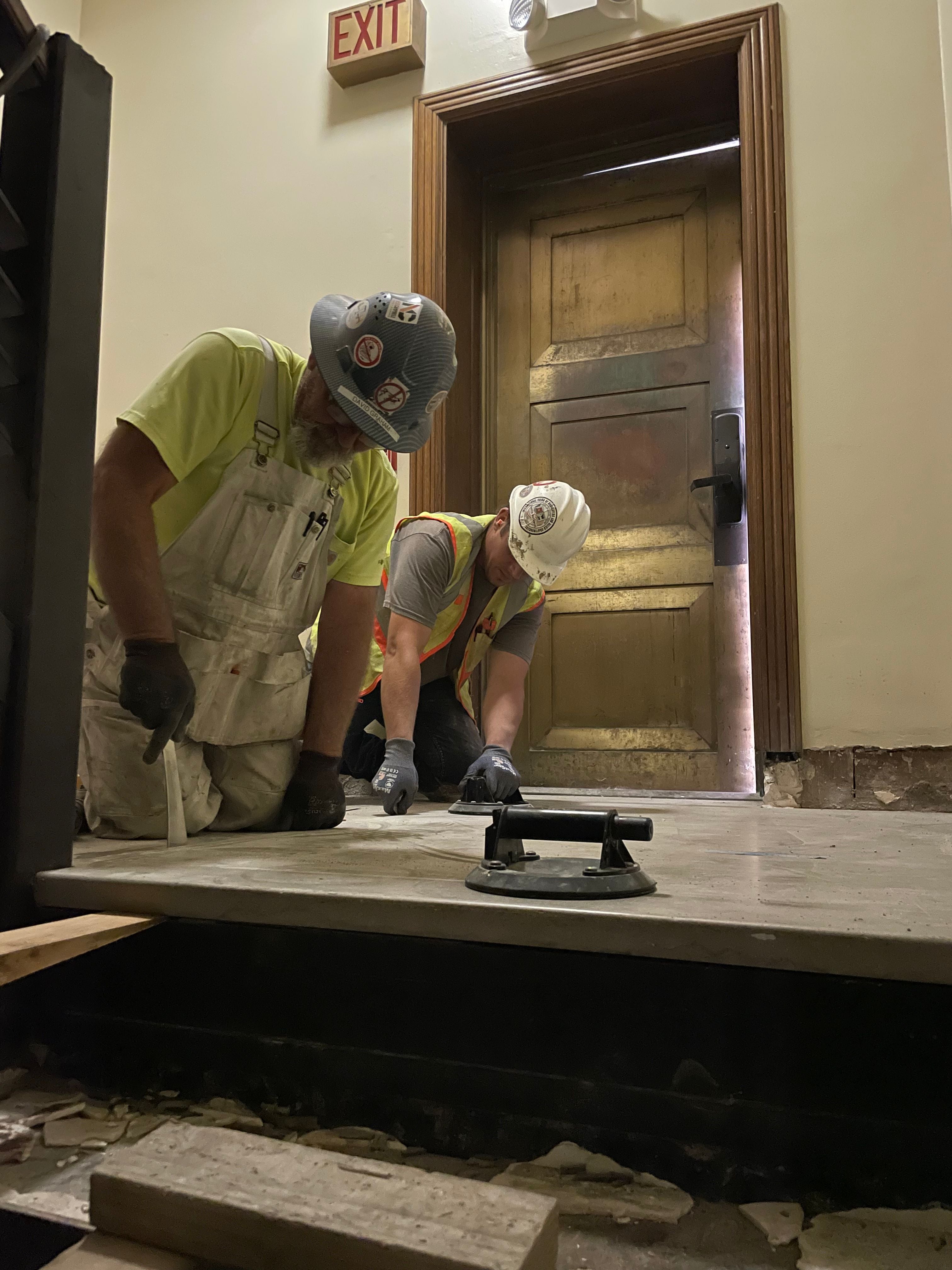
Each piece had to be documented before it was moved to an off-site storage facility. BAC members, some of whom participated in IMI Historic Restoration Training before working on the job, helped provide a running photo log of the locations for each salvaged stone, be used in the future during the stone’s replacement in its original location.
“The general contractor [Hoffman Construction Company] had reached out to us for this project because of the other scopes, such as removing and salvaging corner stones, that we had done previously,” says Sara Stone, Project Manager for Tigard, Oregon’s Pioneer Waterproofing Company and member of BAC Local 1 OR/WA/ID/MT.
Stone says the project team not only had to document the plans for the project themselves, but also were in charge of labeling photos in a running log for each stone. “We had to show where each piece originated so that it could be reinstalled in the same spot,” Stone said. “This was challenging because it is hard to document the orientation of the stone and its location for reinstallation. For every piece, we had to be exact.”
The BAC team also was in charge of storing the stone in the off-site facility for two years, working diligently to ensure that each piece was protected from damage while being stored.
Part of History

In a building steeped in such history and drama, one of the biggest challenges BAC members faced was how to safely remove stone that had been set for 85 years without breaking it. Josh Graham, foreman for Pioneer Waterproofing and member of BAC Local 1 OR/WA/ID/MT, explained that while 95% of all the stones were able to be salvaged in one piece, some stones came out cracked or broken, especially depending on the location of the stone. Over time, some of them had been cracked in place and to be removed by the BAC team, and then patched up so they were whole again. “This process was challenging, but with our skilled crews, we were able to get it done,” Graham said. “It was the challenges we faced from the onset: How to get the stone out without breaking it based on how it was anchored/set originally.”
“What I like about working on these types of projects is seeing the craftsmanship back when it was built without the tools we have now, and how structurally sound the stone still is to this day,” Graham continued.
Danny Vickers, a journeyman on the project and BAC Local 1 OR/WA/ID/MT member agreed. “You can see the battles the old-timers went though just by looking at the substrate,” he said. “You can see the good quality that they produced.”
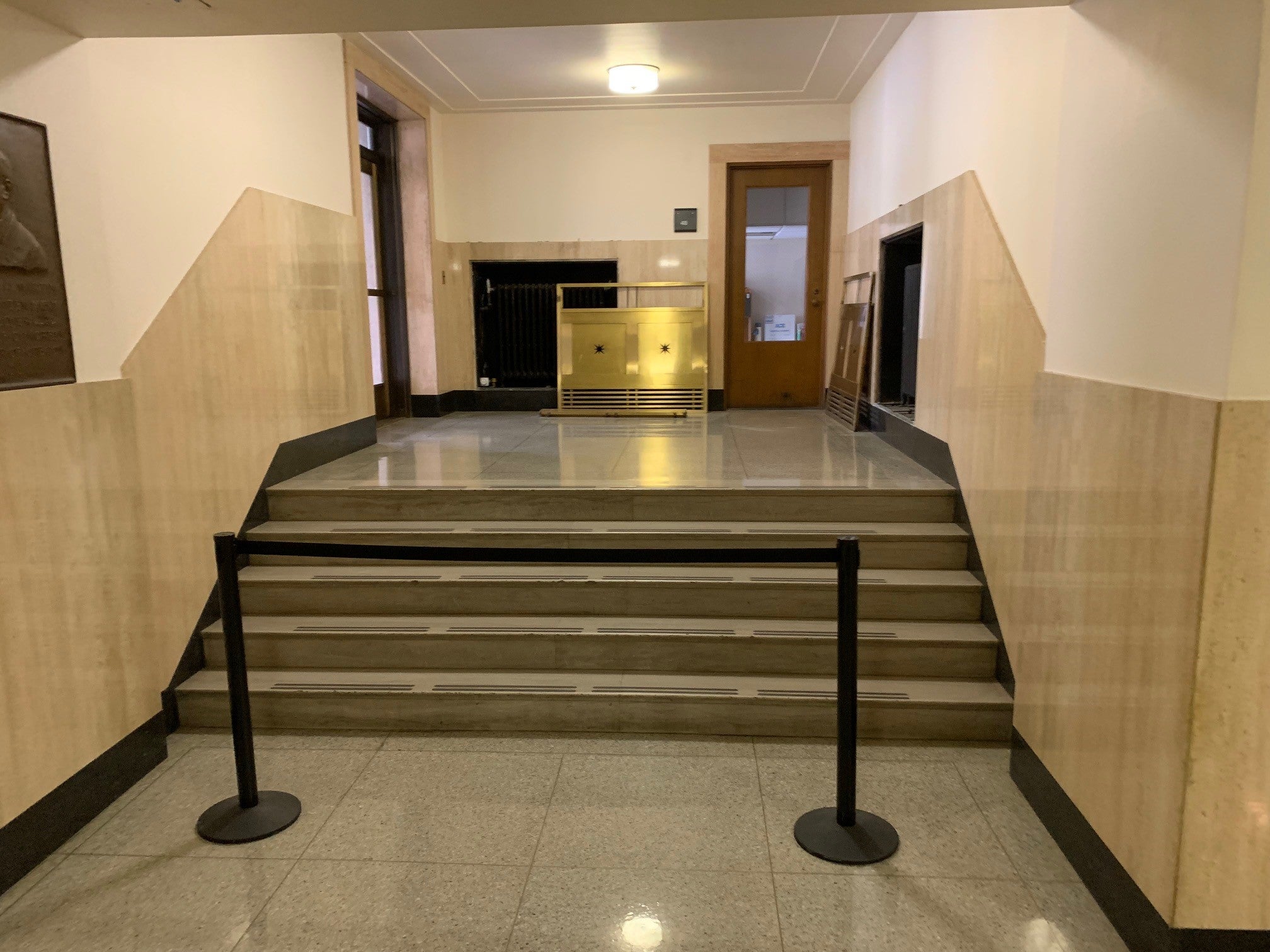
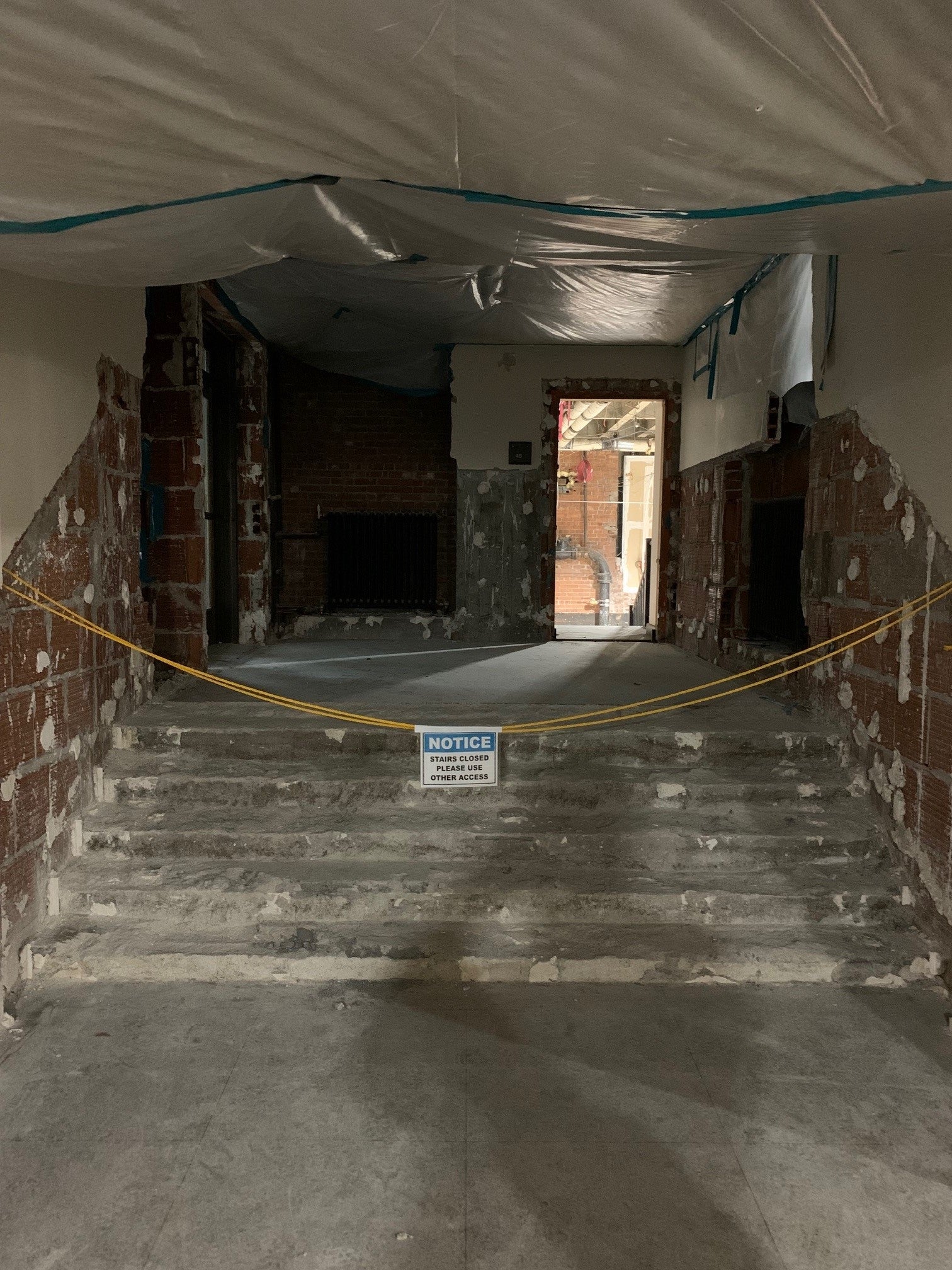
On the exterior walls of the Capitol, BAC was tasked with removing marble veneer panels at four areas, which enabled the Hoffman Construction Company team to set up man/material hoists and temporary HVAC systems. “We removed a total of 20 panels, with each panel weighing approximately 5,000 pounds,” Graham said.
Next, scaffolds were erected to access the walls so that the joints on the sides of the panels could be cut to free the stones. A 210-ton crane was used to hoist the stones over the building down to the ground where pallets built specifically for the stone were waiting. The panels then were transferred to the off-site storage facility.
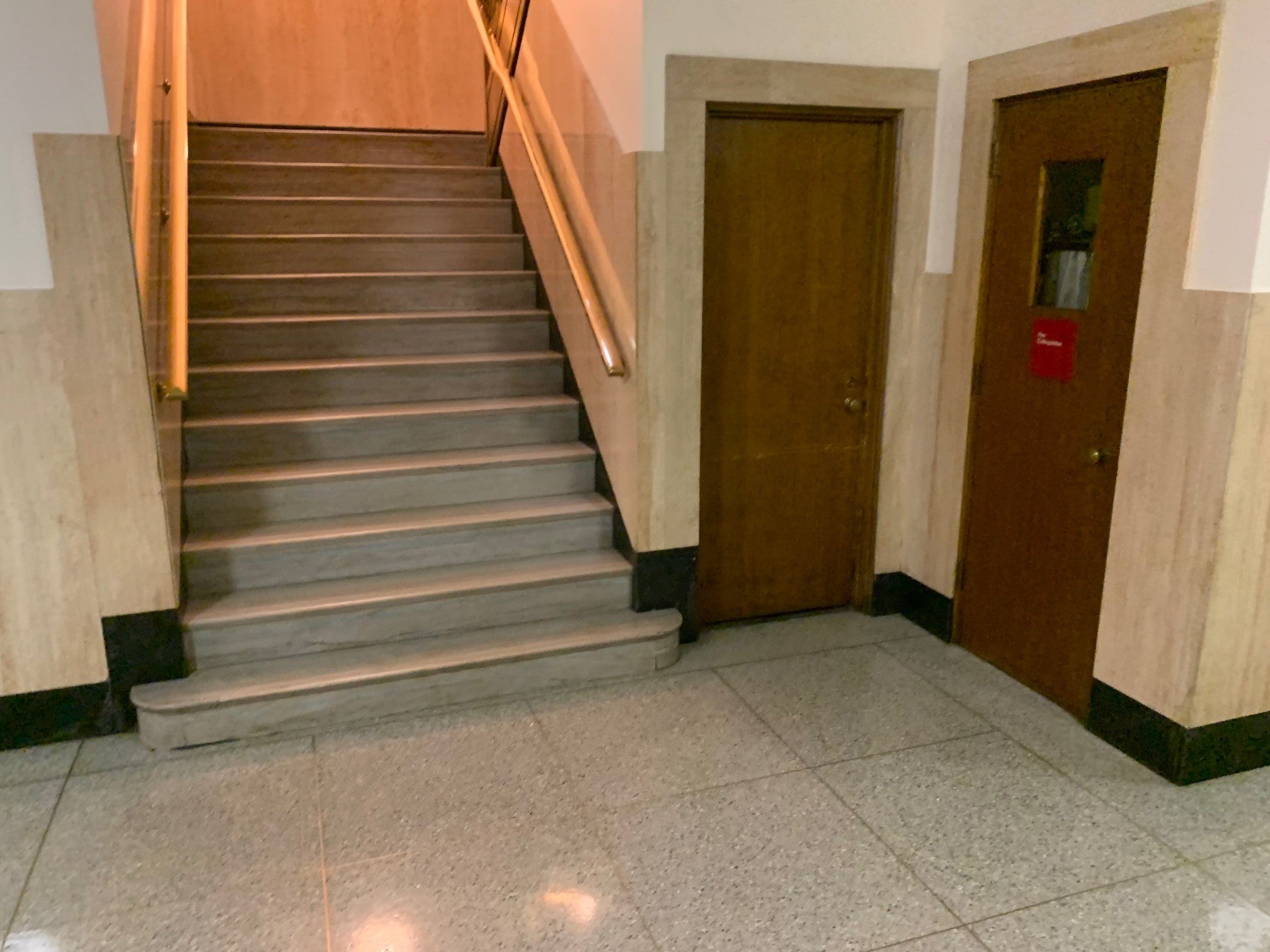
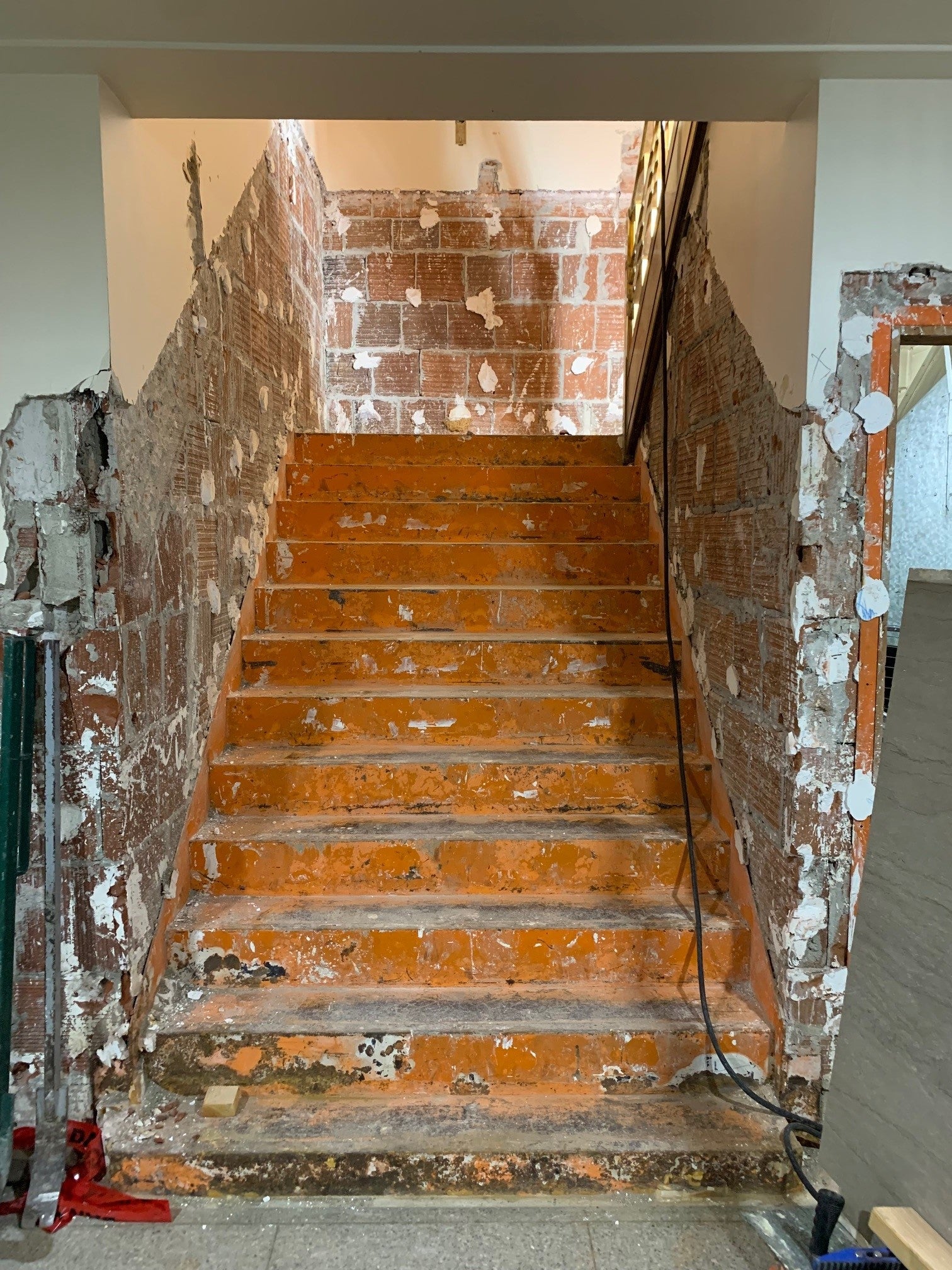
The next phase for the replacement of salvaged stones goes out to bid later this year.
“Historic work is in no short supply here in Oregon,” Stone says. “We always take each case, the time period in which it was built, what materials were available back then and what current substitutes are available – all while protecting the integrity of the building’s history.”
Henry Davidson, a 28-year member of BAC Local 1 OR/WA/ID/MT and 26-year employee of Pioneer Waterproofing, said, “I have worked on the Capitol building multiple times during my career, but no project to date compares to the size and challenges that the current one is providing. This gives our younger members the opportunity to learn restoration and new construction on one project and gain experience that would normally take many years. This is my biggest project and will also be my last. I am grateful to be a part of it.”
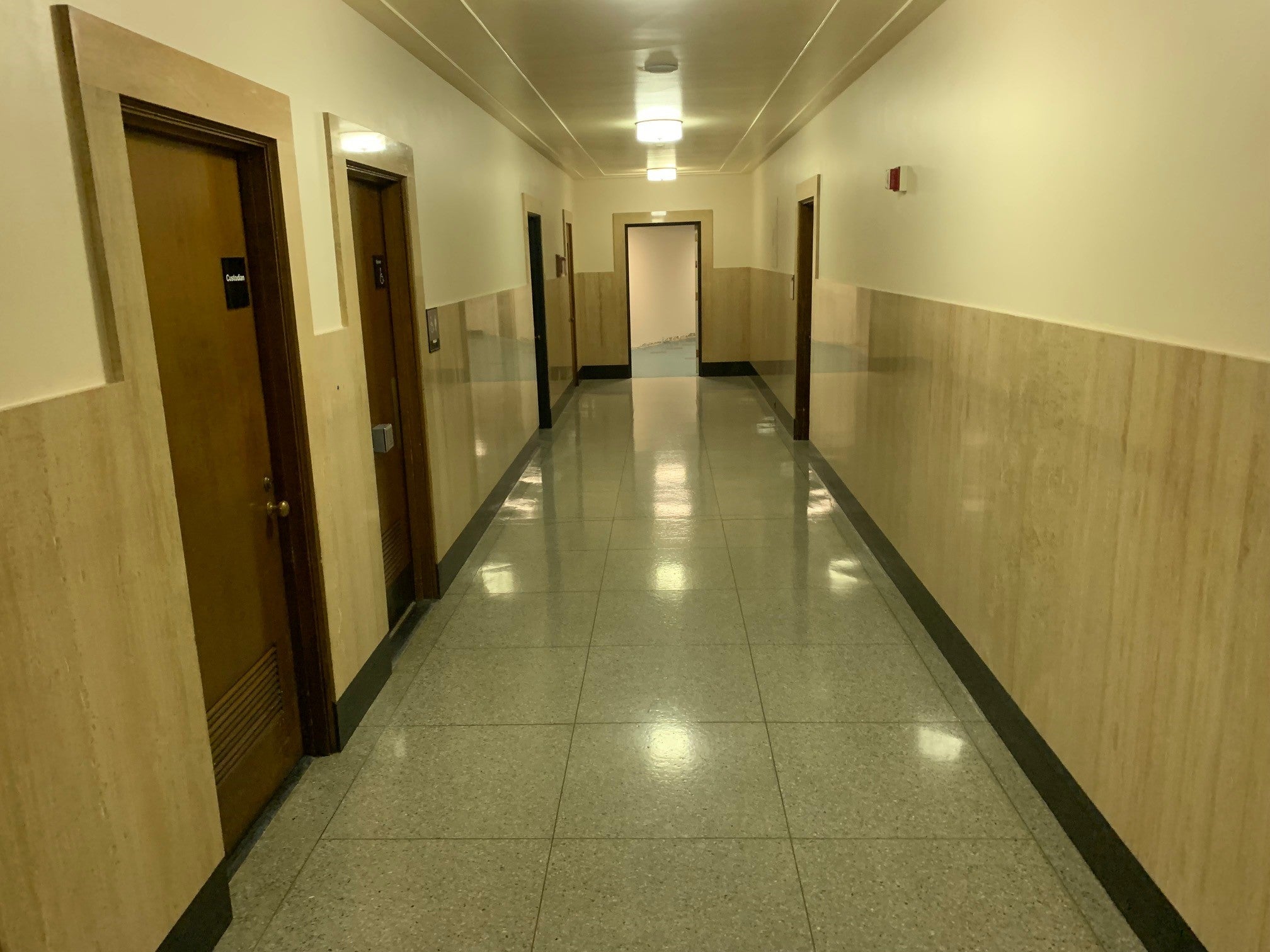

In a project of such magnitude, Mike Crawford, owner of Pioneer Waterproofing, says the BAC members on his team were just what the job called for—not only for his company, but for the preservation of the historic landmark. “This building is a large part of the history of our state, and we are proud to preserve it,” he said.
“We’ve done 50 years of work on the State Capitol and consider it one of our most highly esteemed accomplishments,” Crawford continued. “We are proud and honored to be part of preserving such an important piece of history and look forward to helping it continue to stand strong for generations to come.”
“For a job that has run through all four seasons, our BAC members have shown the type of true grit and determination it takes to overcome obstacles that a project like this might have,” said Matthew Eleazer, President of BAC Local 1 OR/WA/ID/MT. “It is not easy to do the type of work it takes to preserve the building—cataloging each stone into its original place—to help restore one of the state's most iconic landmarks.”
